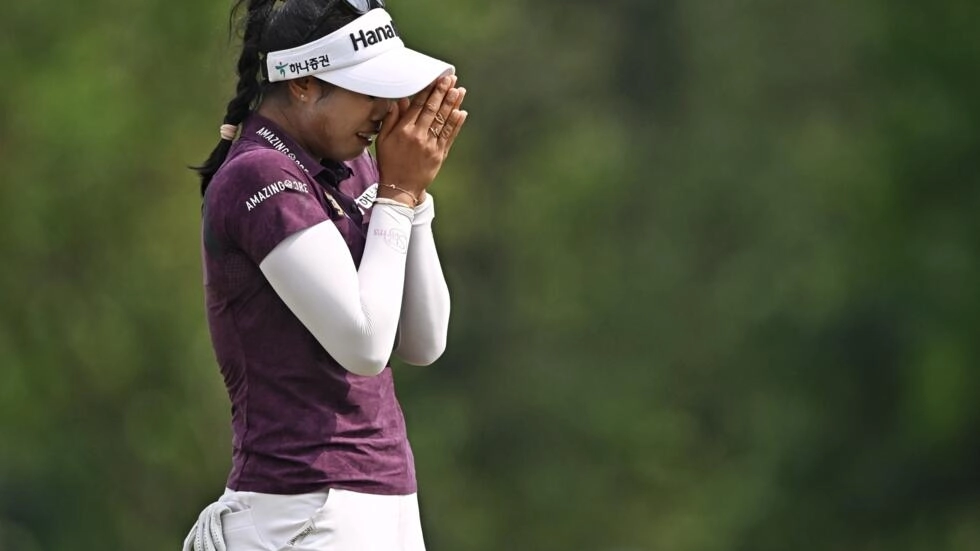After a five-month suspension that rattled global agricultural markets, China has officially lifted its ban on poultry imports from Brazil, the world’s largest chicken exporter. The decision marks a major diplomatic and economic milestone, reestablishing one of the most important food trade corridors in the world and signaling renewed confidence in Brazilian sanitary controls.
The move, announced by both governments this week, ends a hiatus that began in June 2025 following concerns about avian influenza. For Brazil — which supplies over 40% of China’s imported poultry — the reopening provides critical relief to an industry that employs hundreds of thousands and generates billions in export revenue annually.
For China, the policy reversal underscores the country’s growing reliance on diverse food import sources amid ongoing efforts to secure food supplies in a volatile global market.
Background: Why China Suspended Brazilian Poultry Imports
China first imposed the suspension earlier this year after Brazilian authorities confirmed isolated cases of avian influenza(H5N1) in wild birds in the southern states of Espírito Santo and Rio Grande do Sul. Although the outbreaks were contained and did not affect commercial poultry farms, Beijing acted swiftly under its “zero-risk” approach to agricultural imports.
The ban disrupted one of the largest single-country poultry trade routes in the world. Brazil’s exports to China — averaging over $8 billion annually — fell sharply during the hiatus, forcing producers to redirect shipments to Europe, the Middle East, and Southeast Asia.
The Brazilian Association of Animal Protein (ABPA) had lobbied intensely for reinstatement, arguing that the temporary ban was disproportionate given Brazil’s robust biosecurity systems and World Organization for Animal Health (WOAH) certification.
China’s Reversal: Strategic and Economic Motivations
Analysts say the lifting of the ban reflects both economic pragmatism and geopolitical calculation.
China remains the world’s largest consumer of poultry, with domestic production unable to keep pace with demand from a rapidly urbanizing population. Local producers continue to struggle with rising feed costs and periodic disease outbreaks, which have constrained supply and driven up prices.
“China’s decision is less about diplomacy and more about food security,” said Lu Wenhao, an agricultural economist at the Chinese Academy of Social Sciences. “Brazil’s poultry sector offers reliability, scale, and price stability that China cannot easily replicate elsewhere.”
At the same time, Beijing’s move aligns with efforts to diversify import sources and strengthen ties with key agricultural suppliers in the Global South. Reopening the Brazilian poultry market follows similar normalization measures with Argentina and Chile, where temporary bans were also lifted in recent months.
Brazil’s Response: Industry Relief and Diplomatic Win
In Brasília, the announcement was met with celebration by both agribusiness leaders and government officials. Brazilian Agriculture Minister Carlos Fávaro called the development “a victory for science and dialogue,” emphasizing that the ban had no basis in international trade law given the absence of infections in commercial flocks.
“This decision reaffirms Brazil’s position as a global leader in food safety and animal health,” Fávaro said. “We appreciate China’s trust and look forward to expanding our agricultural partnership.”
The ABPA projected that poultry exports to China could rebound to pre-ban levels by early 2026, with shipments potentially surpassing 600,000 metric tons annually.
For Brazil’s economy — which depends heavily on commodity exports — the reopening could add $2–3 billion in trade value over the next 12 months, easing pressure on the country’s trade balance and supporting a recovery in the agricultural sector.
Impact on Global Poultry Markets
The lifting of China’s ban is expected to recalibrate global poultry trade flows, which had been temporarily disrupted by the suspension. During the hiatus, countries like Thailand, Russia, and the United States increased their poultry exports to China to fill the gap left by Brazil.
Now, those competitors may face a short-term decline in shipments as Brazilian producers reclaim market share.
International poultry prices, which spiked in mid-2025 due to fears of prolonged supply shortages, have already begun to ease. The UN Food and Agriculture Organization (FAO) said it expects global poultry prices to stabilize in the fourth quarter as trade normalization continues.
“The market is breathing a sigh of relief,” said Julia Ribeiro, a commodities strategist at Rabobank. “Brazil’s return means not just more volume, but also more predictability — which is what major importers like China value most.”
Diplomatic Undercurrents: Beyond Poultry
While the ban’s end is primarily an economic story, it also carries diplomatic weight. Relations between Brazil and China have grown increasingly strategic under President Luiz Inácio Lula da Silva, who has sought to deepen trade and technology ties with Beijing as part of his “South-South cooperation” agenda.
China is Brazil’s largest trading partner, accounting for nearly 30% of total exports, spanning soybeans, iron ore, beef, and poultry. The swift resolution of the poultry issue underscores the maturity and resilience of this partnership, even amid global geopolitical tensions.
“Lifting the ban is a gesture of goodwill that reinforces mutual trust,” said Marcos Azambuja, a former Brazilian ambassador to China. “Both nations understand that agricultural cooperation is not just trade — it’s diplomacy.”
The decision also reflects China’s effort to counterbalance U.S. influence in the Western Hemisphere by bolstering economic ties with major Latin American economies.
Challenges Ahead: The Risk of Future Disruptions
Despite the optimistic tone, analysts caution that the underlying risks remain. Avian influenza continues to pose a threat to global poultry production, and both countries will need to enhance biosecurity coordination to prevent future disruptions.
Brazil’s vast geography and open production systems make disease containment a recurring challenge, even as authorities strengthen surveillance networks. Meanwhile, China’s stringent sanitary standards mean that even minor outbreaks could trigger renewed restrictions.
Trade experts have suggested the creation of a bilateral “rapid response protocol” — a system that would allow temporary regional quarantines rather than nationwide bans, preventing a repeat of the 2025 disruption.
Conclusion: A Rebalanced Partnership in the Global Food Chain
The end of China’s ban on Brazilian poultry marks more than just the reopening of a trade route — it symbolizes the mutual dependence of two food powerhouses in an era of global uncertainty.
For Brazil, it’s a validation of its agricultural standards and a crucial lifeline for its export-driven economy. For China, it’s a strategic recalibration aimed at ensuring food security, price stability, and geopolitical balance.
As trade resumes, both nations are likely to deepen their cooperation not only in poultry but across the broader spectrum of agri-tech, logistics, and biosecurity — sectors that will define the next phase of global food diplomacy.
The five-month pause may have tested the partnership, but its resolution shows that economic necessity still trumps political hesitation. In a world increasingly defined by protectionism and food nationalism, China and Brazil have chosen pragmatism — and chicken — over conflict.














